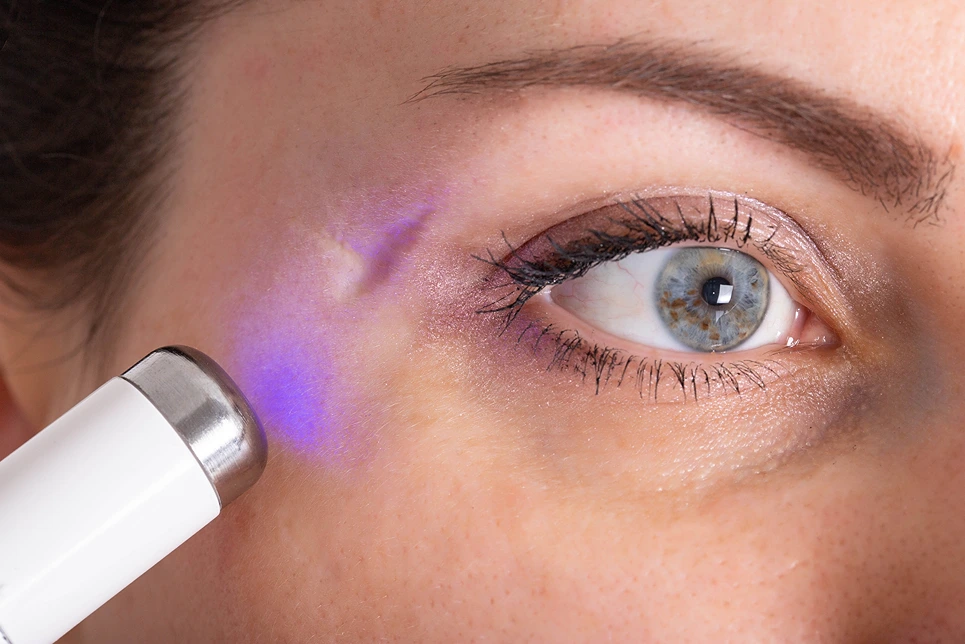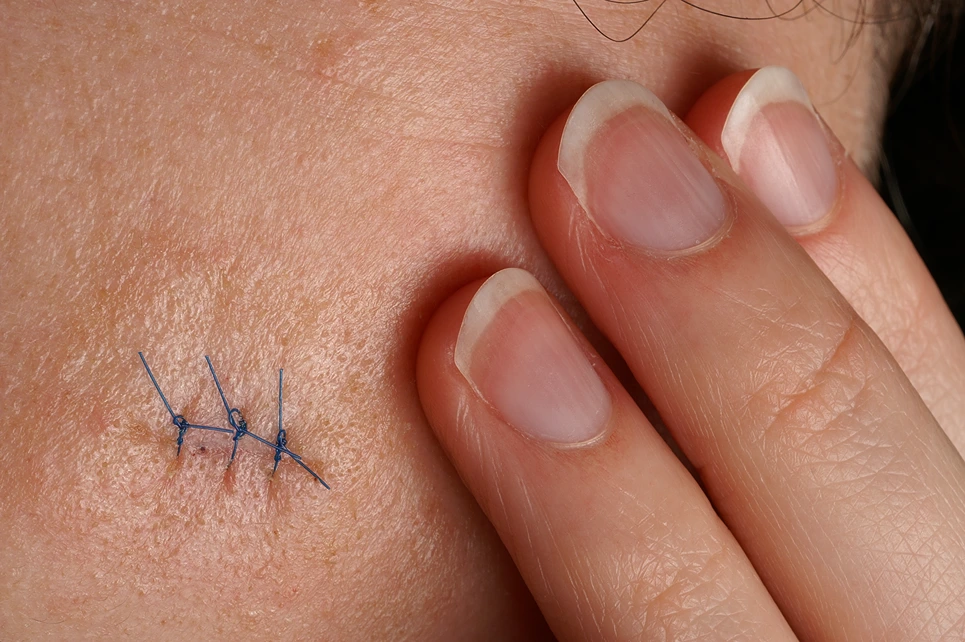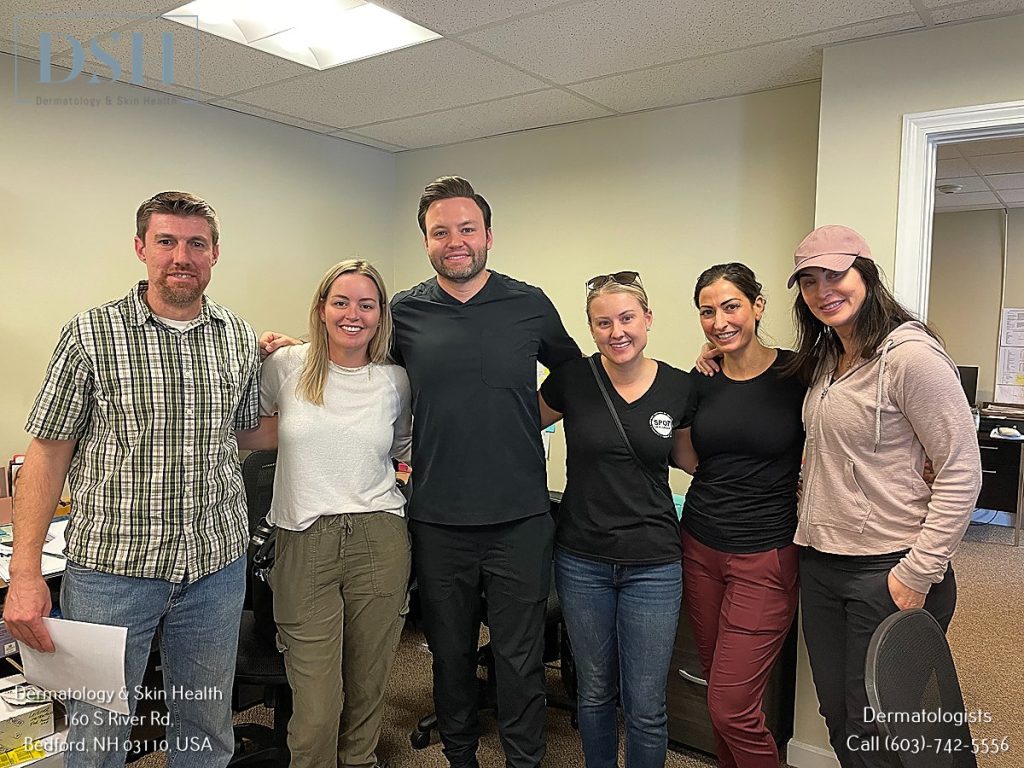

If you've undergone Mohs surgery to remove skin cancer on your nose, you may be left with noticeable scars.
Dermabrasion can improve the appearance of scars after mohs surgery
Dermabrasion is a non-invasive procedure that can help refine and smooth out irregularities left by surgery, providing a more aesthetically pleasing outcome.

To be eligible for dermabrasion, you should have mature scars (at least 6-12 months old) that are raised, discolored, or uneven. This procedure is not suitable for active acne, rosacea, or sensitive skin.
The procedure involves gentle exfoliation using a specialized tool with fine crystals to remove the top layers of skin, revealing smoother skin underneath. A local anesthetic may be applied to minimize discomfort.
After the procedure, your skin may be red, sensitive, and swollen. Mild pain medication can help alleviate any discomfort. Follow your doctor's instructions for post-procedure care, which may include applying ointments and avoiding direct sun exposure.
You may need multiple sessions to achieve the desired results. Final results can take several months to become apparent. Schedule follow-up appointments with your doctor to monitor your progress and address any concerns.
Scars from Mohs surgery can significantly impact your appearance, especially on the face, nose, and forehead. The appearance of these scars can vary in severity, depending on factors such as tumor size and location.
Visible scarring after Mohs surgery is common, and proper care during the healing process plays a crucial role in minimizing scarring.
To reduce the appearance of scars, protecting your skin from the sun and using topical treatments are essential steps. For instance, using sunscreen with at least SPF 30 and reapplying it every two hours can help prevent further skin damage.
Applying silicone-based creams or gels can also improve the appearance of scars over time.

Proper care and topical treatments can improve the appearance of Mohs surgery scars, but dermabrasion is a more effective solution to refine and minimize these imperfections, particularly on the nose.
This procedure removes top skin layers, smoothing out scars and improving texture and skin contouring. As a result, dermabrasion refines surgical defects, blends irregularities, and camouflages signs of surgery, leaving the nose with a more natural appearance.
You are an ideal candidate for dermabrasion if you have light-colored skin and shallow surgical defects.
With dermabrasion, you can expect a significant improvement in the appearance of your nose, enhancing your overall confidence and self-esteem.
To ensure a successful dermabrasion procedure on your nose after Mohs surgery, you'll need to have an in-depth discussion with your doctor about your expectations, risks, and healing duration. This consultation process is crucial in understanding what to expect and how to prepare.
Following dermabrasion on the nose, a proper recovery and aftercare process is crucial for achieving optimal results and minimizing potential complications.
Redness, swelling, and oozing typically last 1-2 weeks, and most patients can resume their normal activities within 3-7 days post-dermabrasion.
To ensure a smooth healing timeline, it's essential to follow a proper aftercare routine, which includes:
Pain medication, infection monitoring, and vitamin E supplementation are crucial aspects of aftercare.
By adhering to these guidelines, you can promote healthy healing, prevent scarring, and achieve optimal results.
Regular follow-up appointments will also help monitor your healing progress and ensure the best possible outcome.

Following Mohs surgery, your dermatologist may recommend various scar treatment options to improve the appearance, texture, and color of your scars.
Laser Skin Resurfacing Laser resurfacing is a precise treatment that targets damaged skin layers, promoting collagen production and skin tightening. This results in improved skin texture and appearance.
Steroid Injections Steroid injections can help reduce inflammation and flatten raised scars. They're often used in combination with other treatments for optimal results.
Topical Silicone Gels/Sheets Topical silicone preparations involve applying silicone-based products to the scar area to flatten and soften scar tissue. This non-invasive treatment is effective in improving scar appearance.
Dermal Fillers Dermal fillers can be used to raise depressed scars to the level of surrounding skin. This treatment provides immediate results and can be repeated as needed.
Dermabrasion Dermabrasion is a surgical procedure that removes damaged skin layers, promoting new skin growth and improving scar appearance.
It is essential to discuss these alternative scar treatment options with a dermatologist to determine the best treatment for your individual scar characteristics.
The cost of these treatments can vary, but financing options may be available to help with out-of-pocket expenses.
If your desired appointment type or preferred provider is unavailable online, kindly call (978) 525-0100 for Peabody, MA and (603) 742-5556 for all New Hampshire locations. Alternatively please feel free to send us your request via the patient portal, or via email at info@dermskinhealth.com
*For medical dermatology appointments in MA please dial (978) 525-0100 or fill out the appointment request form above.